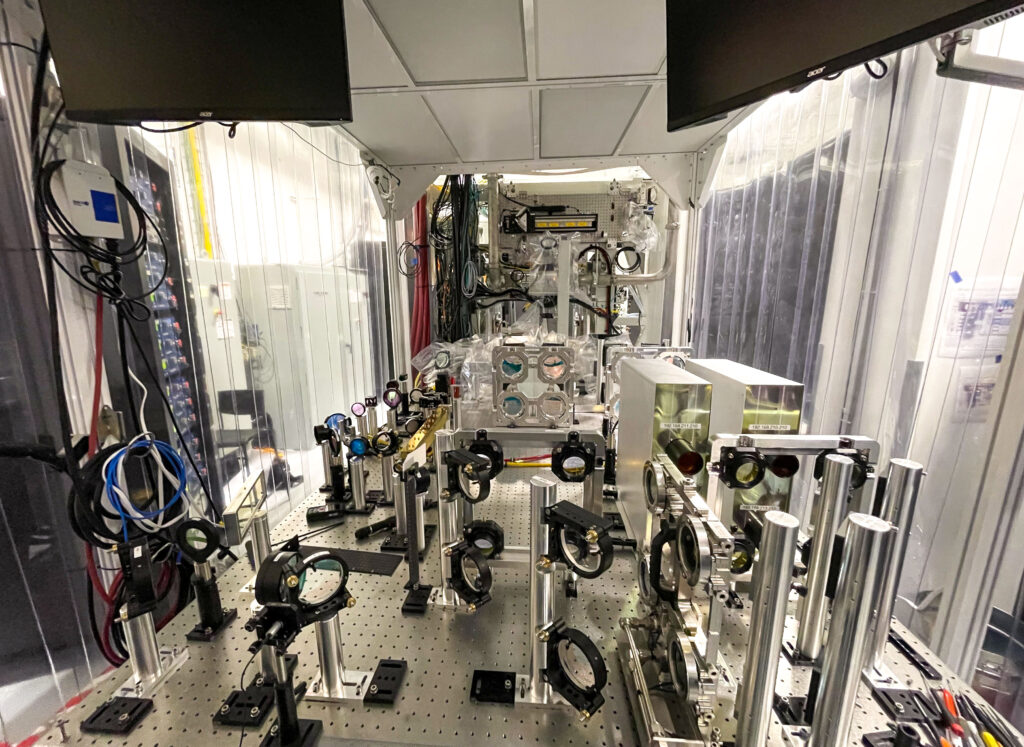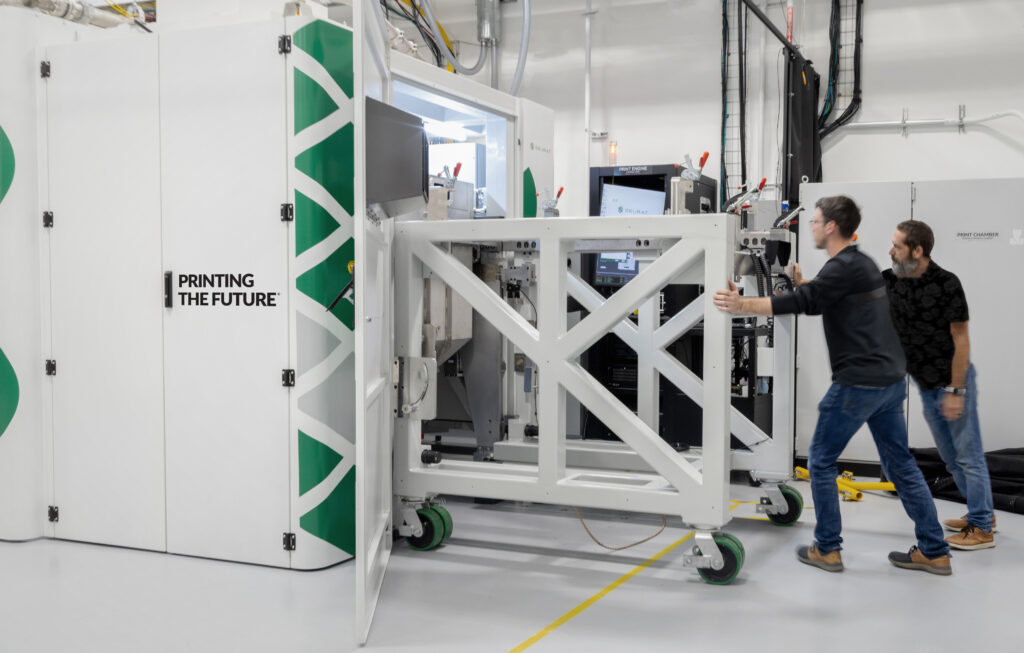“Our partnership with 6K Additive is beneficial for Seurat on several fronts. Not only are we partnering with a supplier that can meet our powder quality requirements, but we are also teaming with a leader in sustainably sourced materials, which aligns perfectly with our decarbonization mission,” said Ben Fotovvati, Additive Manufacturing Process Engineer at Seurat Technologies.
“Our ability to leverage machining scrap, used powders, and other revert feedstock for a wide variety of metal powders sets us apart from any other powder supplier in the industry with regards to sustainability. Backed by the efficiency of our UniMelt process, it’s clear why 6K Additive is considered a leader in sustainable powder production for AM. Customers now have a very compelling reason to work with Seurat for part production, powered by the world’s most sustainably sourced powder from 6K Additive,” stated Nick Pflugh, Chief Commercial Officer at 6K Additive.
If you, as an OEM and powder vendor, manage to create an overarching narrative that positions you as essential to any US tech dominance future, you could set yourself up for long-term success. It’s important to remember that switching from one Powder Bed Fusion company to another is not straightforward. If you’re working on precise parts, especially in regulated industries, you cannot simply switch out the powder. In some cases, it would take months and millions of dollars to switch OEMs, machines, or powders. Therefore, government investment and involvement also secure future government spending. Indeed, this may mean that for certain defense items, the government could effectively standardize its operations on your technology. This, in turn, could help you achieve economies of scale in other manufacturing areas. So, be on the lookout for future qualifications of sustainable and recycled powder because these could be announcements that signal a bright future for 3D printing, or at least for some companies within the 3D printing sector.
Subscribe to Our Email Newsletter
Stay up-to-date on all the latest news from the 3D printing industry and receive information and offers from third party vendors.
You May Also Like
Gorilla Sports GE’s First 3D Printed Titanium Cast
How do you help a gorilla with a broken arm? Sounds like the start of a bad joke a zookeeper might tell, but it’s an actual dilemma recently faced by...
Nylon 3D Printed Parts Made More Functional with Coatings & Colors
Parts 3D printed from polyamide (PA, Nylon) 12 using powder bed fusion (PBF) are a mainstay in the additive manufacturing (AM) industry. While post-finishing processes have improved the porosity of...
$25M to Back Sintavia’s Largest Expansion of Metal 3D Printing Capacity Since 2019
Sintavia, the digital manufacturing company specializing in mission-critical parts for strategic sectors, announced a $25 million investment to increase its production capacity, the largest expansion to its operations since 2019....
Velo3D Initiates Public Offering in a Bid to Strengthen Financial Foundations and Drive Future Growth
Velo3D (NYSE: VLD) has been among a number of publicly traded 3D printing firms that have attempted to weather the current macroeconomic climate. After posting a challenging financial report for 2023,...

































